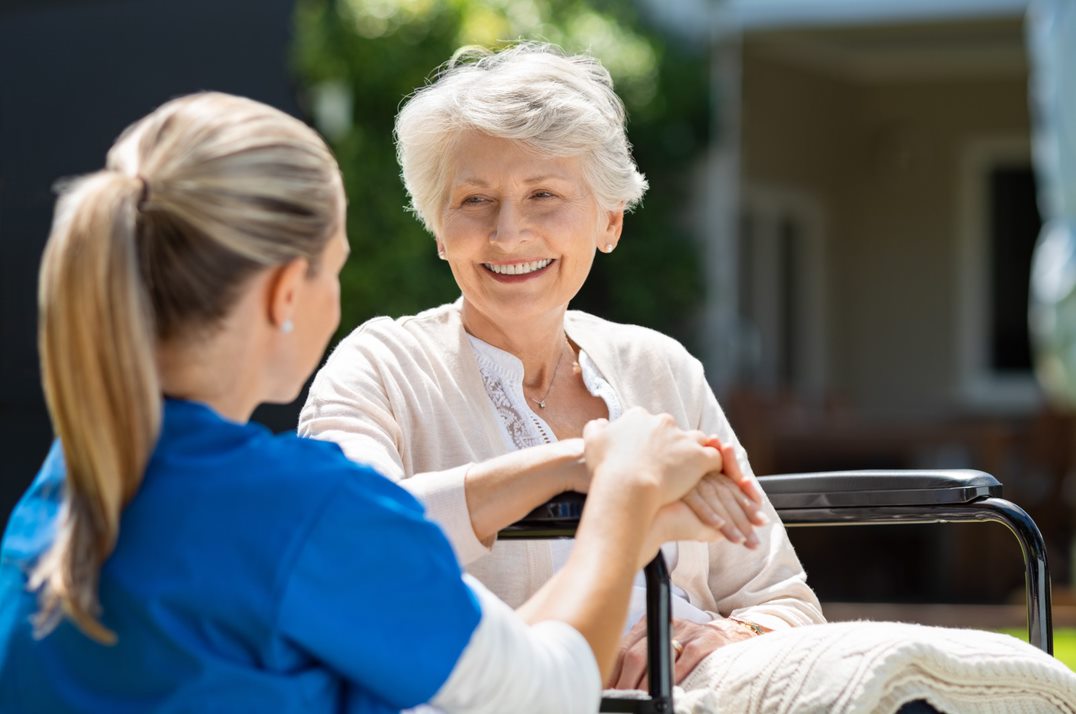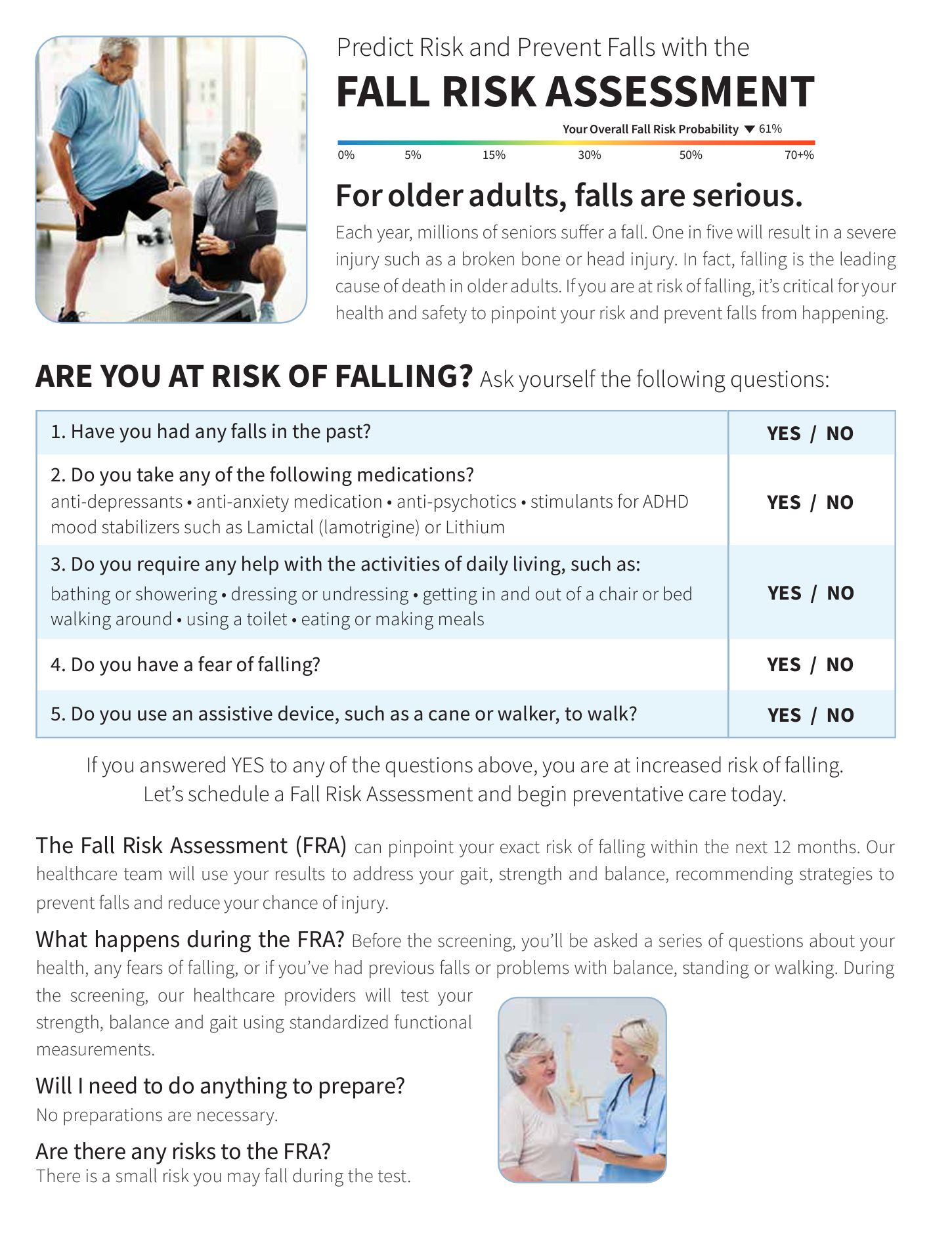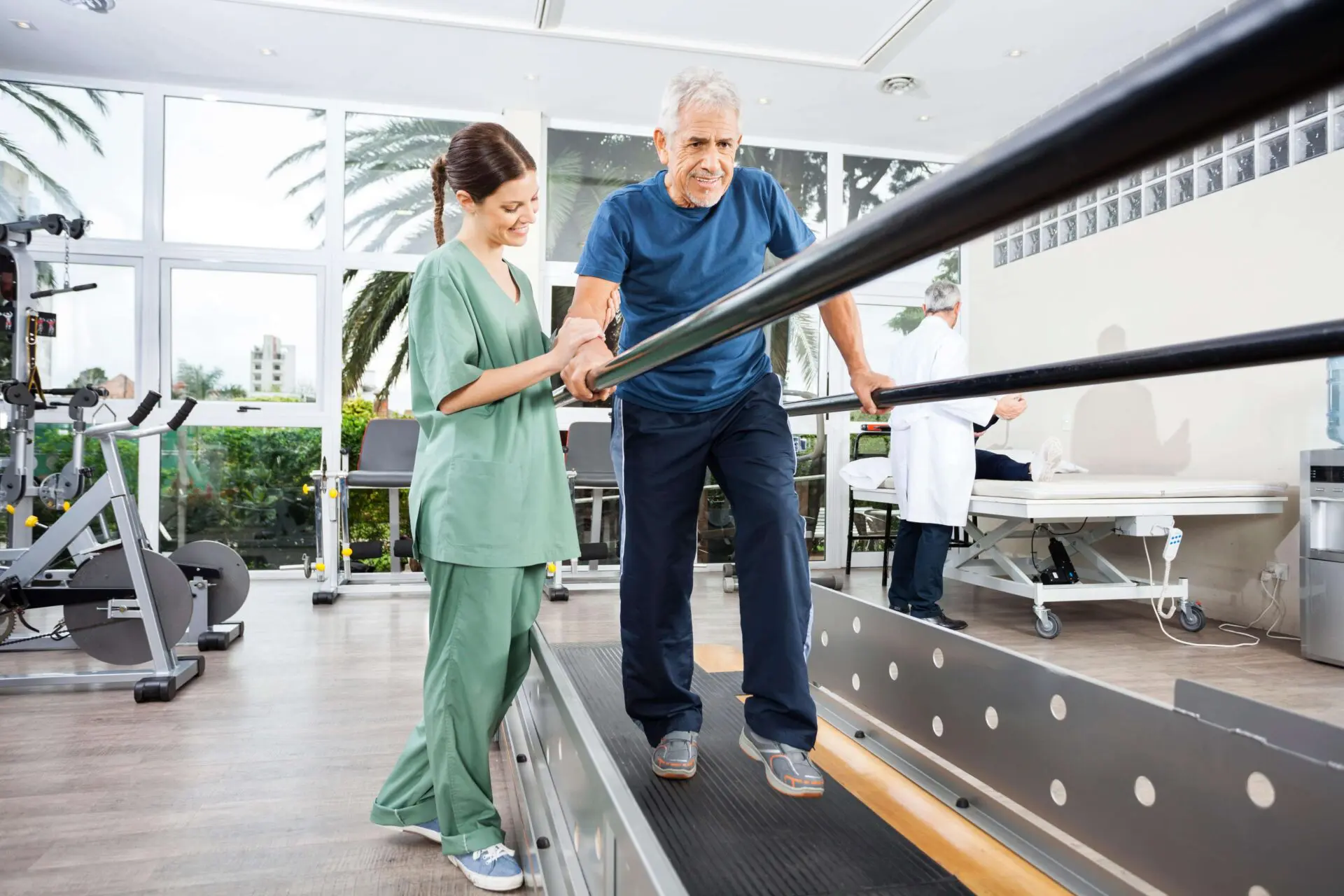What Does Dementia Fall Risk Mean?
The Best Strategy To Use For Dementia Fall Risk
Table of ContentsDementia Fall Risk for BeginnersHow Dementia Fall Risk can Save You Time, Stress, and Money.An Unbiased View of Dementia Fall RiskExcitement About Dementia Fall RiskDementia Fall Risk Fundamentals Explained
The FRAT has 3 areas: drop danger status, threat element list, and activity plan. A Fall Danger Standing consists of data regarding background of recent drops, medicines, psychological and cognitive status of the client - Dementia Fall Risk.If the client ratings on a risk aspect, the equivalent number of factors are counted to the client's autumn risk score in the box to the much. If a patient's loss danger rating amounts to five or greater, the person goes to high risk for falls. If the client scores just 4 factors or lower, they are still at some risk of dropping, and the nurse must use their best professional assessment to manage all loss danger elements as component of an all natural treatment plan.
These standard techniques, in basic, assist develop a risk-free environment that reduces unintentional drops and defines core precautionary actions for all individuals. Indicators are essential for people at threat for falls.
More About Dementia Fall Risk
Wristbands must consist of the person's last and initial name, day of birth, and NHS number in the UK. Just red color needs to be made use of to signify special individual standing.
Products that are also much may require the patient to reach out or ambulate needlessly and can potentially be a threat or add to drops. Helps stop the person from going out of bed with no help. Registered nurses react to fallers' phone call lights quicker than they do to lights initiated by non-fallers.
Visual disability can considerably cause falls. Hip pads, when put on appropriately, may minimize a hip crack when loss occurs. Keeping the beds closer to the flooring lowers the danger of falls and major injury. Putting the cushion on the floor dramatically reduces fall risk in some medical care settings. Low beds are developed to minimize the distance an individual falls after relocating out of bed.
Not known Factual Statements About Dementia Fall Risk
Patients that are tall and with weak leg muscles who try to sit on the bed from a standing setting are most likely to drop onto the bed since it's as well reduced for them to reduce themselves safely. If a high person efforts to obtain up from a low bed without support, the client is likely to fall back down onto the bed or miss out on the bed and drop onto the flooring.
They're made to advertise prompt rescue, not to stop falls from bed. Distinct alarms can additionally remind the individual not to stand up alone. The use of alarms can additionally be an alternative to physical restrictions. Apart important link from bed alarms, increased supervision for high-risk individuals also may assist stop falls.

Individuals with an evasion gait increase autumn possibilities substantially. To minimize autumn danger, footwear must be with a little to no heel, slim soles with slip-resistant tread, and support the ankles. Advise person to make use of nonskid socks to stop the feet from gliding upon standing. Nevertheless, motivate patients to put on proper, well-fitting shoesnot nonskid socks for ambulation.
Little Known Questions About Dementia Fall Risk.
In a research study, homes with sufficient lights report less drops (Ramulu et al., 2021). Improvement in illumination at home might reduce loss rates in older adults.

Caretakers work for ensuring a safe, secured, and secure environment. However, studies showed extremely low-certainty evidence that caretakers minimize autumn danger in intense treatment medical facilities and only moderate-certainty that options like video clip surveillance can reduce sitter usage without boosting fall risk, recommending that caretakers are not as beneficial as at first thought (Greely et al., 2020).
The 2-Minute Rule for Dementia Fall Risk

Raised physical fitness reduces the risk for falls and limits injury that is received when loss takes place. Land and water-based workout programs might be likewise advantageous on balance and gait and consequently reduce the risk for drops. Water exercise might contribute a positive advantage on equilibrium and stride for women 65 years and older.
Chair Rise Exercise is an easy sit-to-stand workout that helps strengthen the muscle mass in the upper legs and butts and boosts mobility and self-reliance. The objective is to do Chair Increase exercises without making use of hands as the customer ends up being more powerful. Read Full Report See resources area for a detailed guideline on how to perform Chair Increase workout.